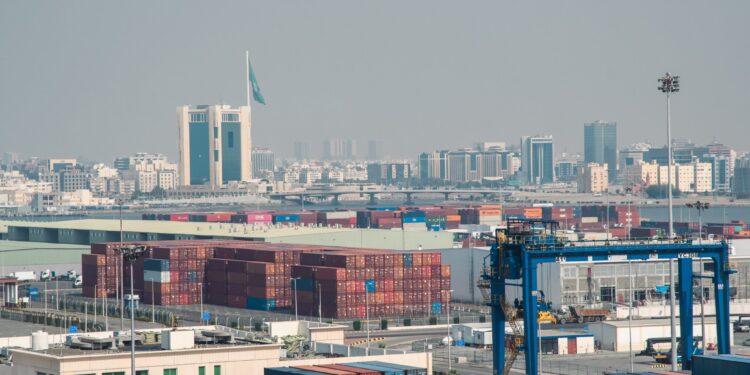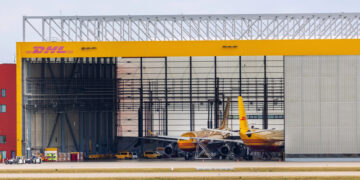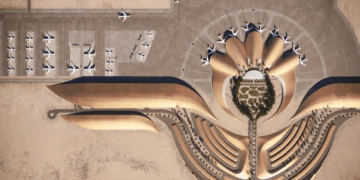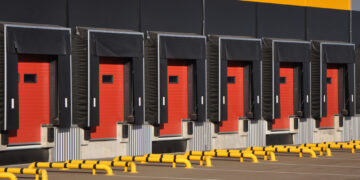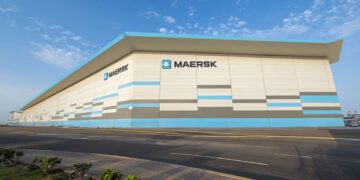Arcapita, based in Bahrain, is intensifying its focus on Saudi Arabia’s logistics and warehouse sector. This area is becoming a prime asset class due to strong economic fundamentals, government initiatives, and favorable market conditions. Isa Al Khalifa, Arcapita’s Director of MENA Real Estate, highlights the company’s strategy in Saudi Arabia, driven by market fundamentals, tenant demand, and strategic partnerships. Arcapita’s collaboration with King Abdullah Economic City (KAEC) is part of its commitment to ESG-compliant industrial properties.
Saudi Arabia’s logistics sector is thriving, with over $1 trillion in projects and government reforms boosting investor confidence. This growth is supported by high occupancy rates in key hubs like Riyadh and Jeddah, and a booming e-commerce market expected to reach $44 billion by 2030, according to the Associated Press. The stability of the Saudi riyal and a supportive financial environment are also attracting institutional investors.
Key sub-sectors such as urban distribution centers and cold storage are particularly promising, driven by e-commerce and the food and pharmaceutical industries. Arcapita emphasizes a development-focused strategy with local partners to meet international standards and navigate regulatory frameworks.
Financing for logistics developments in Saudi Arabia involves a mix of debt, joint ventures, and fund-based models. Saudi banks are keen on real estate lending, and joint ventures with local developers provide strategic land access. Innovative funding structures, like logistics-specific funds, are gaining traction to capitalize on long-term growth.
Compared to the UAE, Saudi Arabia offers a unique investment opportunity with its large economy, growing consumer base, and strategic location on global trade routes. Vision 2030 aims to position the Kingdom as a global logistics hub.
Arcapita’s partnership with KAEC focuses on developing ESG-compliant industrial properties. This collaboration aligns with Arcapita’s investment framework, leveraging institutional capital and project-specific debt to develop state-of-the-art facilities for high-demand tenants, thus enhancing Saudi Arabia’s industrial landscape.
